Leading by Ideals: New Forces in Auto Industry Embrace Collective 'Debt Repayment'
![]() 04/17 2025
04/17 2025
![]() 660
660
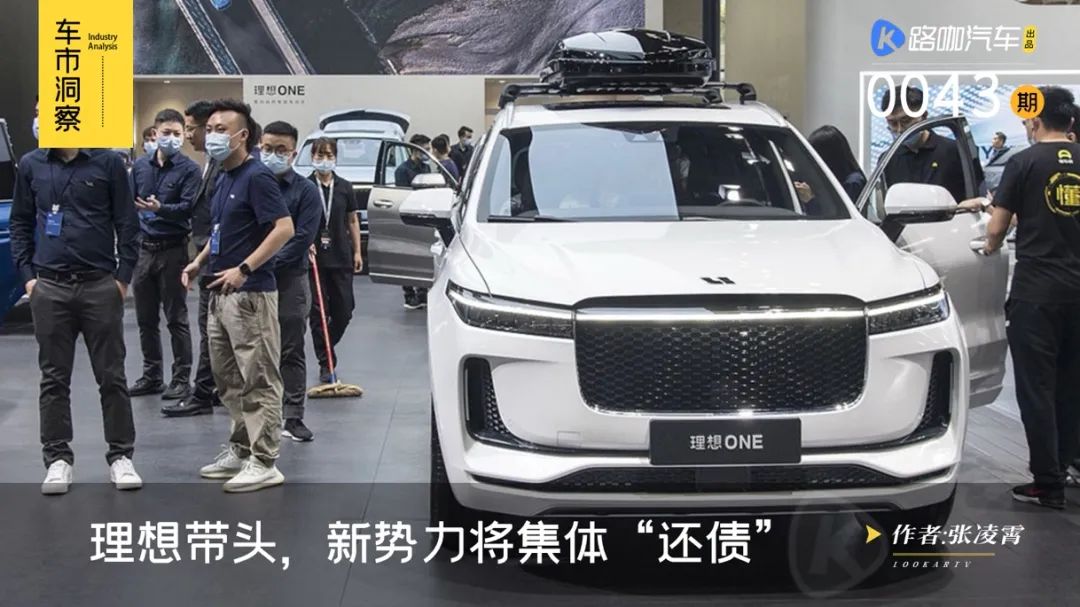
On the evening of April 15, at least five new car launch events took place as scheduled, showcasing models like the Volvo XC90, Zeekr 007GT, Xpeng 2025 X9, and Guangqi Honda P7.
At the event, Zeekr CEO An Conghui announced incentives for existing users considering additional or replacement purchases. First-time buyers of the new Zeekr 007GT will enjoy a cash discount, while lifetime warranty and other benefits for owners of older Zeekr models can be transferred to the new car.
Meanwhile, Lixiang, which did not hold a new car launch event, introduced the 'Lifetime Warranty Relay Plan'. The lifetime warranty for the first owner of a Lixiang ONE can now be transferred to a newly purchased Lixiang vehicle.
One car owner commented that Lixiang ONE owners have felt frustrated over the past two years, citing no updates to the intelligent driving system and an in-car navigation system that has yet to adapt to unlock charging station ground locks, requiring manual operation. 'While this relay plan may not be as practical as direct cash, the sincerity is appreciated.'
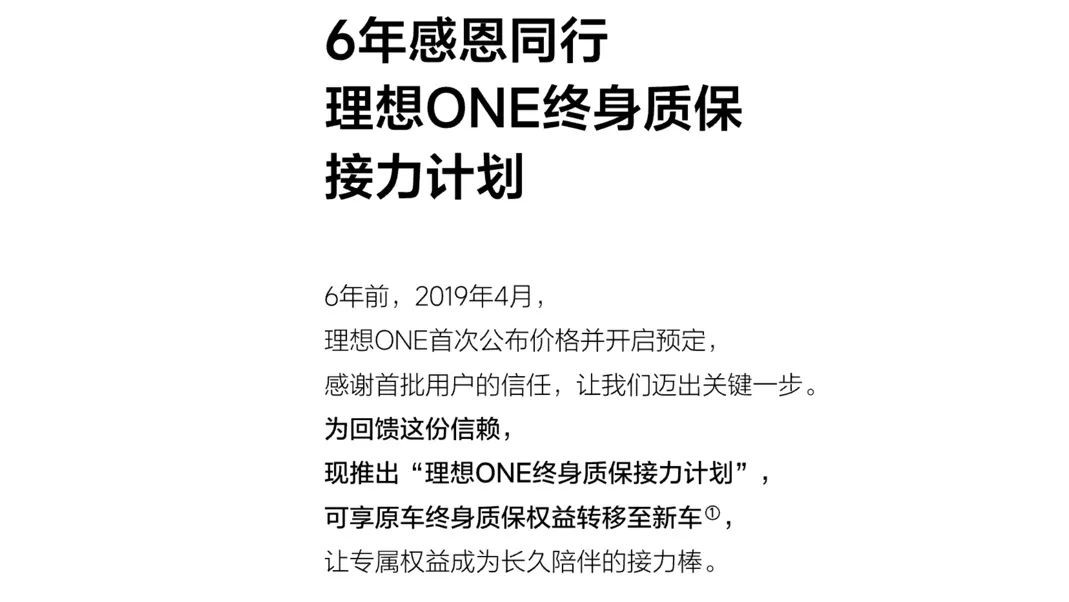
As the automotive market enters an era where replacement speeds rival those of smartphones, and new cars are discounted while adding features, almost every owner of a new energy vehicle has experienced the pain of 'being stabbed in the back' when purchasing a new model.
With the penetration rate of new energy vehicles reaching 46% over the past year, the number of existing users is set to increase by 10 million annually. As companies feel the pressure to attract new users, they are also recognizing the value of retaining old car owners.
However, debts incurred through years of breaking price floors and introducing new generations of vehicles to gain market share must now be repaid.
Collective Debt Repayment: Old Car Owners Are Being Seen
On April 15, the Guangqi Honda P7 was officially launched, priced from 199,900 yuan. Prior to this, its 'sister car', the Dongfeng Honda S7, faced criticism for its higher pricing when it was first launched.
On the day of the Guangqi Honda P7 launch, Dongfeng Honda officially announced a price adjustment for the Dongfeng Honda S7, reducing the price range from 259,900-309,900 yuan to a flat rate of 199,900-249,900 yuan. The company also stated that existing owners could receive a price difference refund and additional benefits.
In short, pricing policies are now being formulated with old car owners in mind—a shift from past practices.
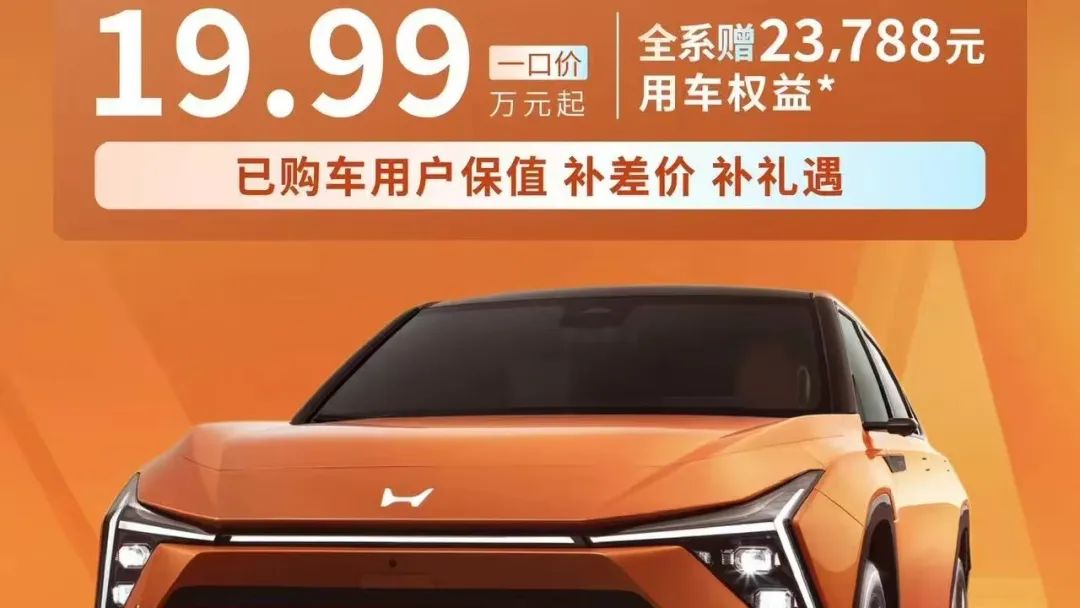
Recently, the 2025 Wenjie M9 was unveiled. Unlike past industry practices, HarmonyOS Intelligent Mobility announced that it will provide original hardware upgrade solutions for 200,000 old Wenjie M9 car owners. Additionally, the intelligent driving system and HarmonyOS cabin will be synchronized to update new features. On April 10, NIO announced that the high-speed intelligent pilot assistance (NAP) function would be opened for free, with refunds for those who had already paid for it.
The actions of multiple car companies suggest that the idea of old car owners being less important is set to become a thing of the past in 2025.
After announcing the relay plan, Lixiang became the first new force car company to introduce such a policy. For car owners, the approximate economic value of the lifetime warranty benefit is around 20,000 yuan, referencing Tesla's extended warranty price. As Lixiang prepares to launch its first pure electric SUVs, the i8 and i6, onto the market this year, the motivation behind this 'relay plan' is clear: to encourage old car owners to trade in or purchase additional Lixiang new cars.
Since April 2019, when Lixiang launched its first car, the Lixiang ONE, Li Xiang said on stage during the launch event, 'Thank you for your trust in this new enterprise. The first 2,000 car owners will receive a lifetime warranty.' Now, five years later, it is time for Lixiang ONE owners to consider replacing their cars.
'Since cars are replaced every five or six years, how many people can actually use the lifetime benefit? It's better to learn from NIO and offer purchase incentives for giving up the lifetime warranty,' wrote a Lixiang ONE owner on a social media platform.
'NIO is only good to old car owners, while Lixiang is only good to new car owners.' This used to be a joke on the internet. In 2023, amid intense price wars, NIO indirectly reduced prices by eliminating benefits such as lifetime free battery swaps and lifetime warranties. Both car owners and the capital market gave positive feedback, leading to a subsequent surge in sales.
As price reductions and feature additions have become the trend in recent years, how to avoid 'stabbing in the back' old car owners has become a subject of study. After the prices of the all-new Xpeng G6 and G9 were announced recently, some car owners complained that the Xpeng G6 they purchased for over 250,000 yuan in 2023 had lost nearly 100,000 yuan in value in less than two years.
On April 15, the Xpeng 2025 X9 was officially launched, with a starting price of 359,800 yuan, the same as the 2024 model. Old car owners can upgrade to a soundproof package for free, but hardware such as zero-gravity seats and streaming media interior rearview mirrors requires paid upgrades.
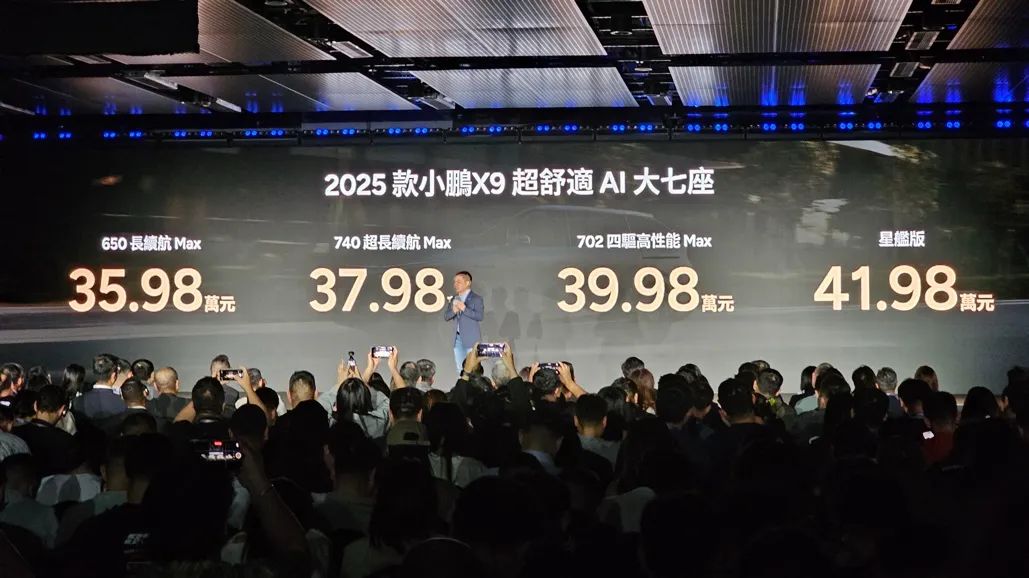
Additionally, old owners of the Xpeng G6 and G9 can pay to upgrade configurations such as electric sunshades. For those who already felt they overpaid, this hardly constitutes compensation.
Making Up for Intelligent Driving Deficiencies, Some Choose to Be 'Honest'
The lessons learned by car companies when sales take precedence over all else extend beyond simply 'stabbing in the back' old car owners.
Last August, Zeekr switched the intelligent driving systems of the 2025 Zeekr 001 and 007 from Mobileye to NVIDIA, just five months after the launch of the 2024 models. Older models could not be upgraded to the NVIDIA chip-based Haohan intelligent driving system through hardware upgrades, causing significant dissatisfaction among old car owners.
At the Zeekr 007GT launch event, An Conghui stated that the new car comes standard with lidar. 'Whether it's a narrow escape or a lifetime of regret, the critical 100 meters perceived in advance by lidar'—suspected to be a reference to a recent intelligent driving accident. The ripple effect of this accident also included the installation of reminders to 'use auxiliary driving with caution' on highways in many parts of the country.
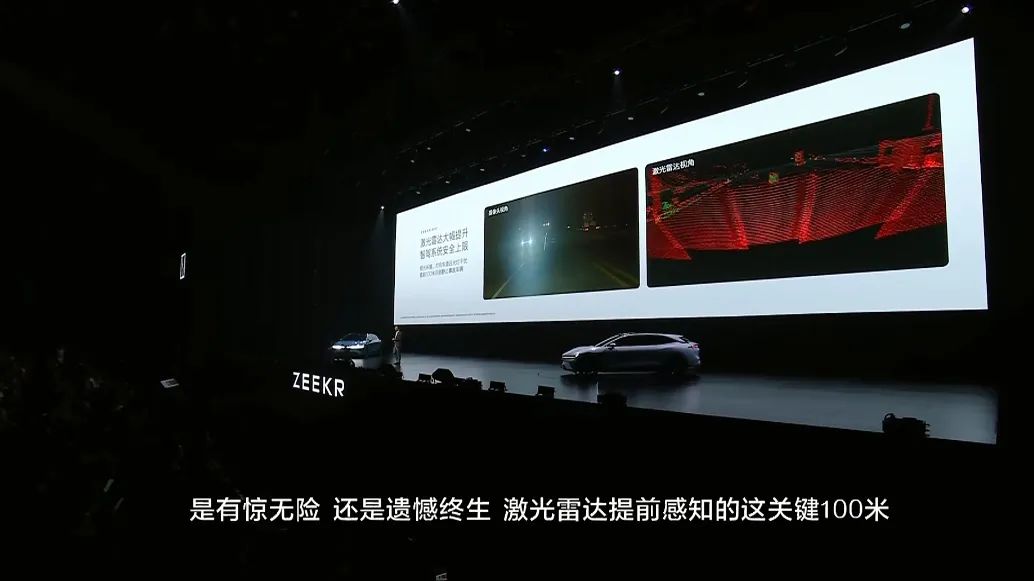
After BYD sparked a wave of nationwide interest in intelligent driving this year, 'high-level' intelligent driving has become a standard feature on new cars. Features that were once exclusive to models priced above 200,000 yuan are now available on models priced at 150,000 yuan or less.
It is no exaggeration to say that when high-level intelligent driving becomes as affordable as cabbage, it would be embarrassing to launch a new car without 'end-to-end' technology. However, is this truly reflective of their capabilities?
An autonomous driving practitioner expressed concern in a conversation with Luka Auto, 'Some cars have intelligent driving chips with less than 100 TOPs of computing power, yet they claim to offer 'end-to-end' and city NOA capabilities. Not to mention the level of software, the hardware itself is insufficient, and there will definitely be various problems on the road.'
Following the highly publicized intelligent driving accident, the safety limits of pure vision-based intelligent driving solutions without lidar have sparked discussions within the industry once again. Car dealership staff have reported that recently, multiple potential customers have temporarily switched to models equipped with lidar. Some car companies have even chosen to reposition their new products due to the recent intelligent driving controversy.
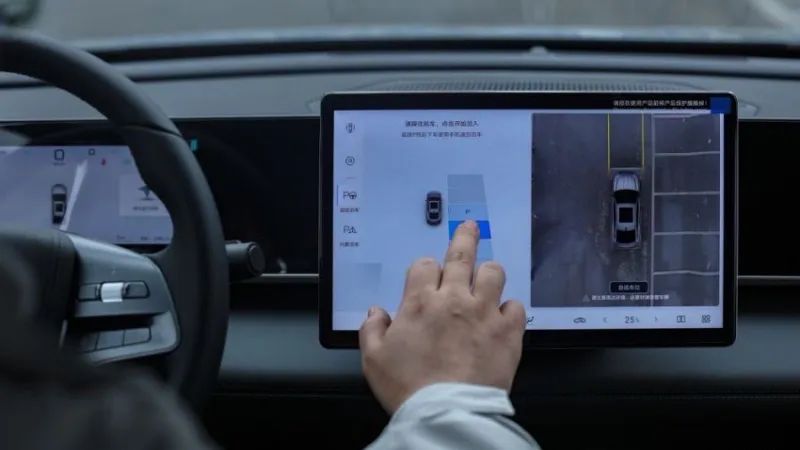
A source told Luka Auto that a leading new force's upcoming new car has eliminated the low-configuration pure vision-based solution and instead offers lidar as standard across the entire lineup.
In summary, whether in terms of promotion or technical routes, car companies are beginning to reassess their intelligent driving capabilities and choose more stable solutions.
For new technologies, promotion often precedes regulation. Just as every safety guideline is formulated at the cost of lives, car companies are now willing to actively make up for their lack of intelligent driving capabilities for similar reasons.
While every new energy vehicle company claims to be 'user-oriented,' when sales take precedence, they either actively or passively 'stab in the back' car owners. However, the boomerang thrown out will eventually hit them back. Especially as China's automotive market enters an era of stock sales, where additional purchases and replacements are the main drivers, how far can enterprises that neglect the reputation of their car owners truly go?







